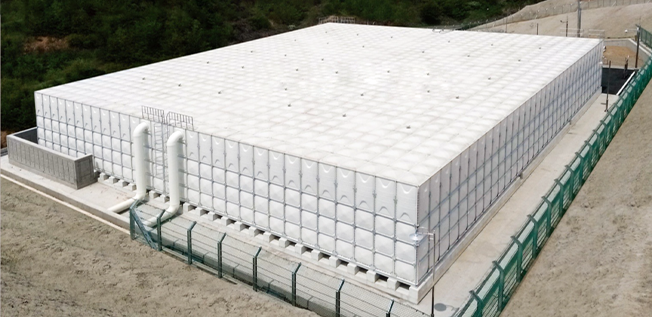Glass-reinforced Polyester (GRP), also known as glass fiber-reinforced polymer (GFRP), is a composite of tough resilient, durable plastic resin, and glass fibers of remarkable strength. The resin is a thick, treacly substance which when activated by an appropriate catalyst, sets to a hard but brittle solid. It can be used alone for small castings, or with a variety of fillers, but, when reinforced with glass fibres, becomes a material of exceptional strength and versatility.
Glass-reinforced Polyester is a material with endless possibilities for commercial and industrial applications, High quality surface finish, low weight, high strength, inherent durability and resistance to corrosion make GRP a popular choice for many product designs.
Polyester Resins
The Resins most commonly used in GRP are unsaturated polyesters dissolved in styrene. Resins can be produced in a large number of variations meaning, it is possible to have it made bespoke to your requirements.
The Polyester solution sets to a hard, rigid substance, a co-polymer of polyester and styrene, by the cross linking of molecules (i.e. polymerisation). The hardening process is commonly referred to as ‘curing’ Partial cross-linking occurs spontaneously, thereby limiting the storage life of the resins
The curing of polyester resins takes place at room temperature, preferably about 18°C-20°C, and this is one of the great advantages of the material. Most other plastics require heat or pressure (or both) so that their use in any manufacturing process can be very expensive meaning they are therefore only economically viable for producing high volume runs of relatively small articles. As polyester resins can be cast at room temperatures with the simplest equipment , they are practicable for low-volume production, and even for one-off articles with virtually no size limit. Although the cured resin is very hard, it is also quite brittle, which could prevent its use for large articles but this problem is obviated by the use of reinforcements. A large number of materials can be used to reinforce the resin, but in practice, the one offering the best combination of strength, versatility and economy is glassfibre.
Glassfibre
The Glass used commonly for GRP is a calcium-alumina borosilicate with an alkali content of less than one per cent. It is commonly known as ‘E’ type glass.
Glassfibres are produced by running molten glass from a direct melt furnace into a platinum alloy bushing containing a large number of small holes, from each of which a glass filament is drawn. The filaments are “dressed” with an emulsion before being gathered into fibres. The fibres are remarkably strong-the tensile strength being particularly high. They also exhibit good chemical and moisture resistance and are non-combustible with a melting point around 1500oC-all excellent qualities in a plastic reinforcement. In the UK, the most widely used glassfibre material is chopped strand mat, which consists of glass strands chopped together in short lengths (approx. 50mm) and held together in mat form by a polyvinyl acetate or polyester binder.
Reinforced Plastic
Provided the glass reinforcement has been thoroughly saturated with resin, the result, after curing, is a cohesive completely integrated matrix of resin and fibres. In general, the GRP laminate will display excellent tensile and compressive strength, acceptable thermal conductivity, a low coefficient of linear expansion, reasonable chemical resistance and good dielectric properties. Compared to other materials of equivalent strength, it will be light durable, moisture-resistant, non-rusting and economic.

